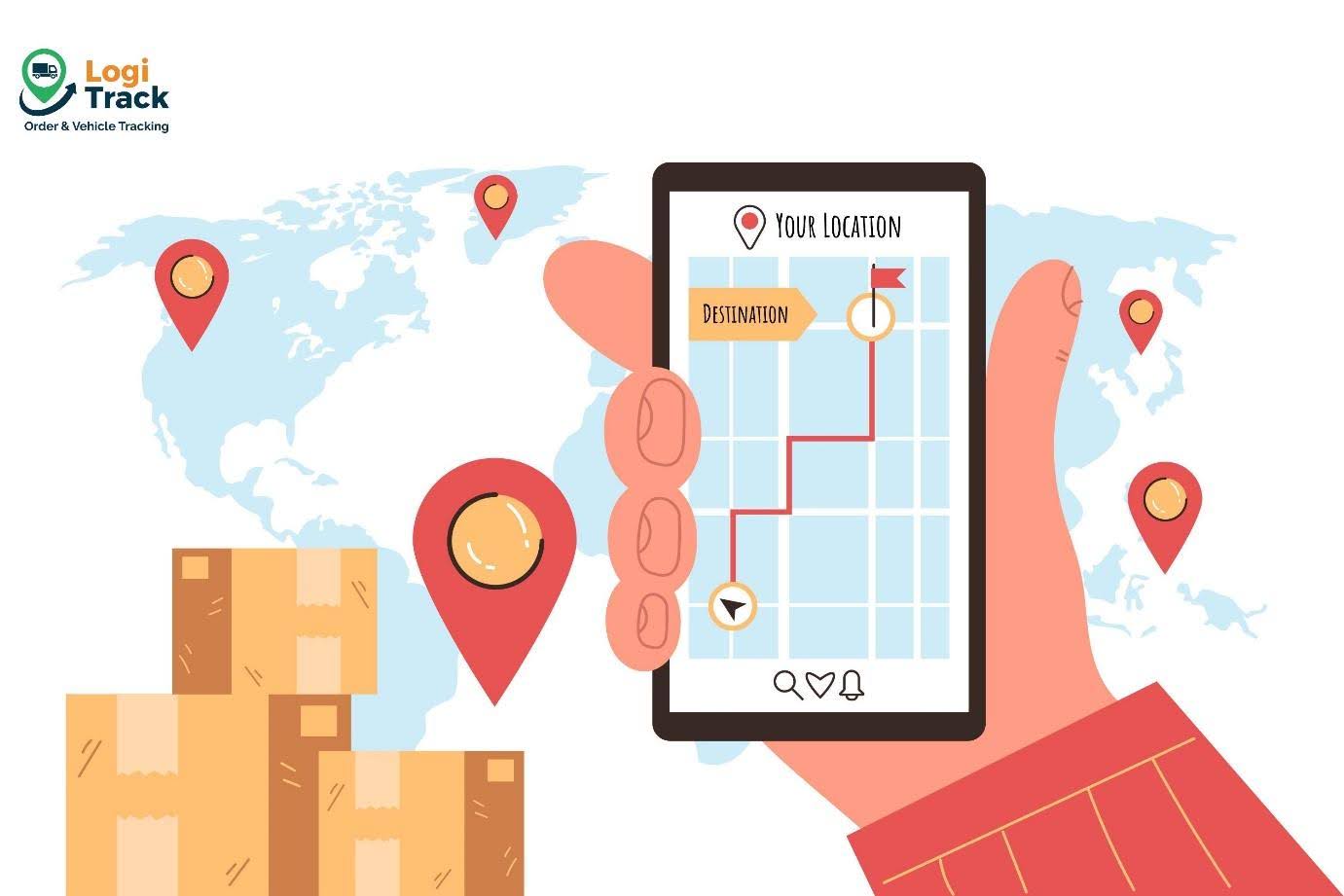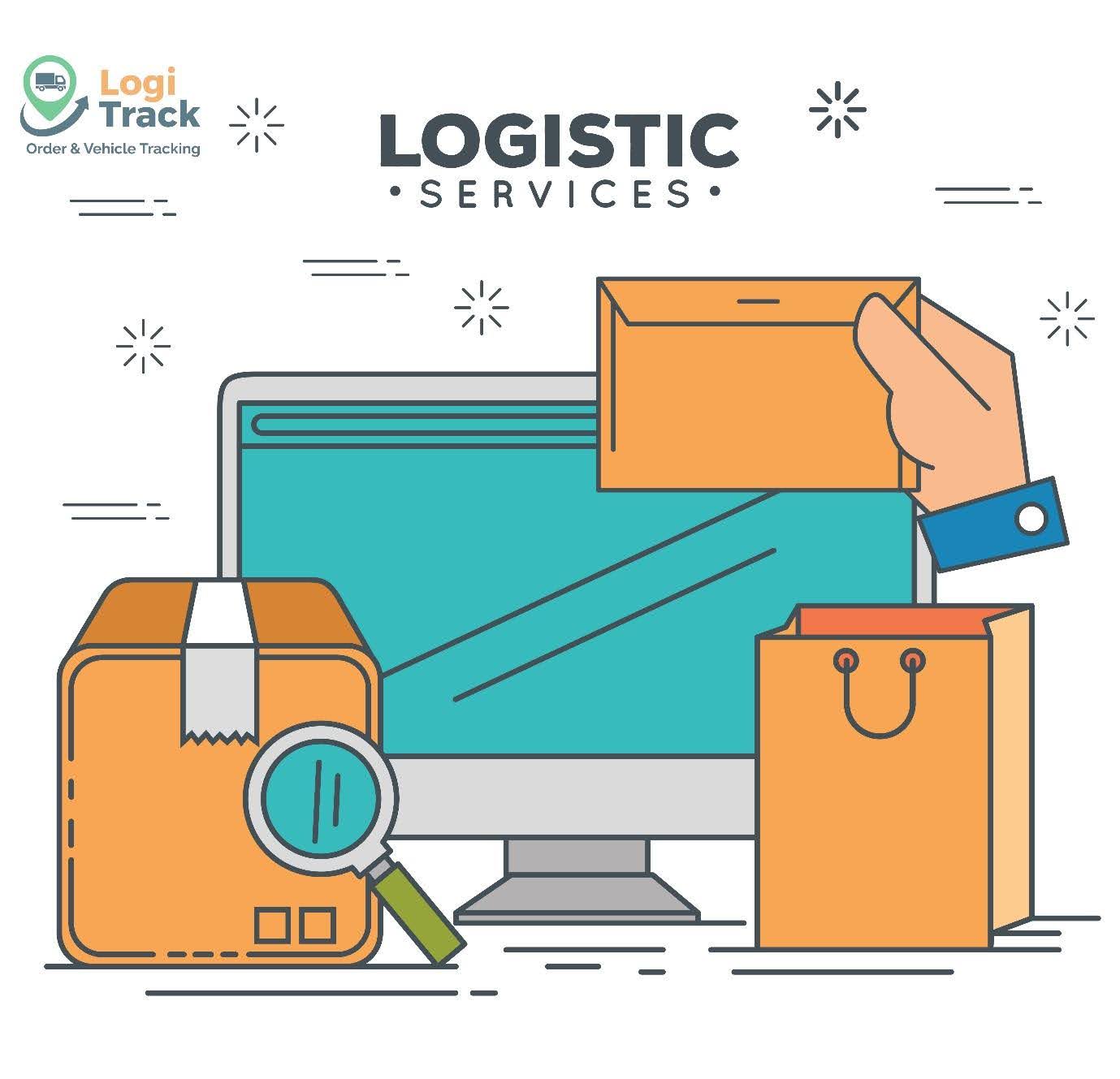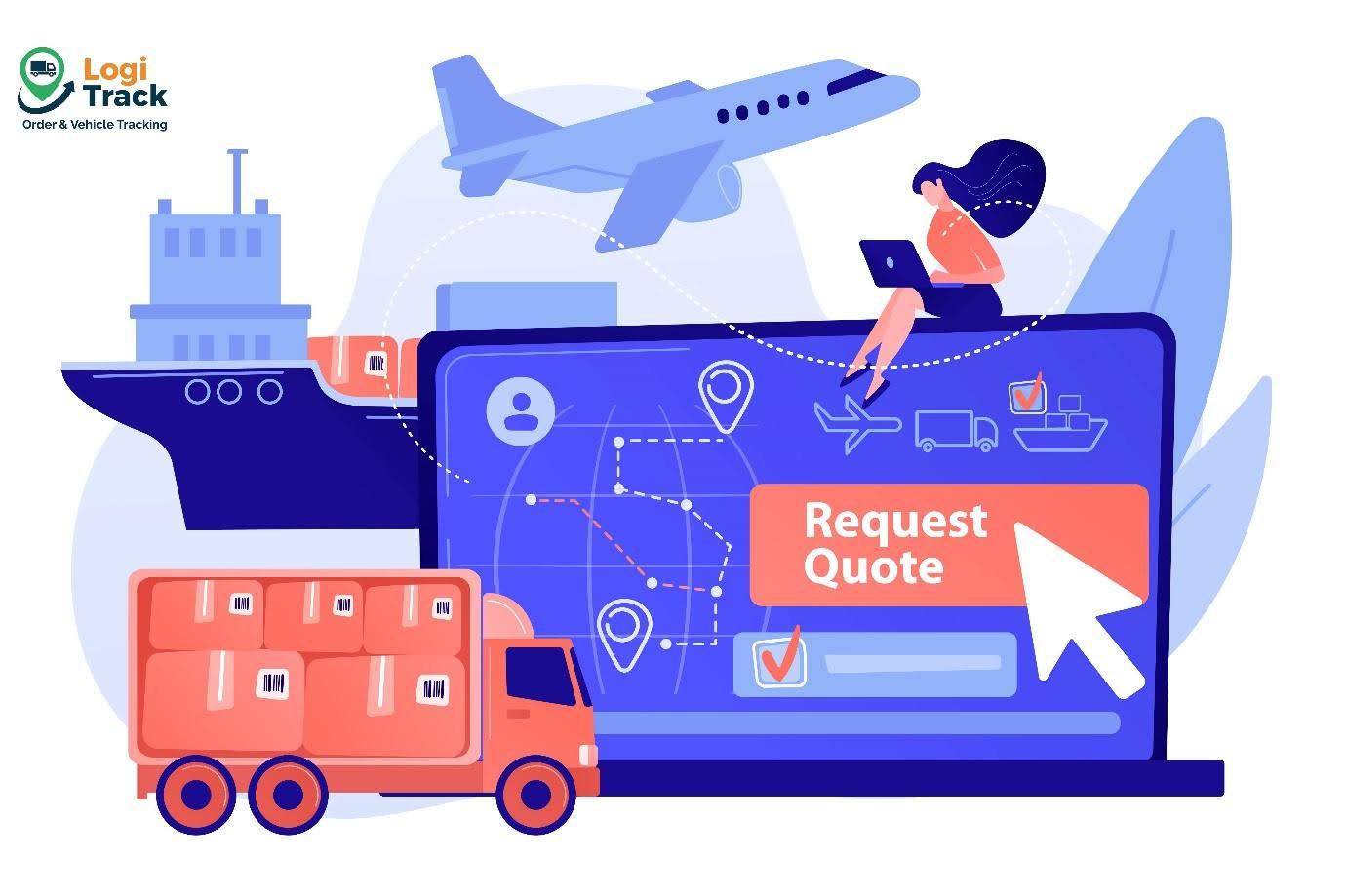In the digital age, every field is being digitized to increase efficiency and reduce costs — and the transport industry is no exception. In the past, fleet management relied heavily on manual supervision and personal experience. Today, transport management software has become an intelligent assistant, helping businesses monitor and control their entire operations from a centralized control center — from tracking vehicle locations via GPS to planning smart routes and managing fuel consumption. This software represents a major leap forward, allowing companies to operate more efficiently, accurately, and cost-effectively. To understand how transport management software helps monitor GPS, optimize routes, and save fuel, let’s take a closer look below. 
Challenges Businesses Face Without Transport Software
As fuel prices rise and delivery deadlines tighten, many companies still manage their fleets without the support of transport management software. This makes monitoring, dispatching, and route optimization extremely difficult:
-
Inability to pinpoint the exact real-time location of each vehicle.
-
Lack of data to measure driver performance.
-
Delayed decisions in dispatching or handling incidents.
Without transport management software, every process depends on human effort — leading to errors, higher costs, and lower efficiency. To stay competitive, companies need a tool that automates and optimizes fleet operations.
How Transport Management Software Supports GPS Monitoring and Route Optimization
Real-time GPS Tracking
One of the key features of modern transport management software is accurate 24/7 GPS tracking. The system enables managers to:
-
Monitor the location, speed, and status of each vehicle.
-
Track routes and detect deviations or unusual stops.
-
Store trip history and generate automatic reports.
This allows businesses to stay informed about their fleet operations at all times, quickly handle emergencies, and ensure on-time deliveries. It lays the foundation for transparent, precise, and efficient management.
Smart Route Optimization Technology 
While GPS provides location data, transport management software acts as the “brain” that optimizes delivery routes. Using real-time traffic data, the software can:
-
Calculate the shortest, most fuel-efficient routes.
-
Assign orders based on location, load capacity, and delivery time.
-
Automatically plan and dispatch hundreds of routes within minutes.
By applying intelligent routing algorithms, companies can reduce empty mileage, avoid traffic congestion, and lower operating costs.
Fuel Consumption Monitoring and Optimization
One of the most significant benefits of transport management software is its ability to monitor and optimize fuel usage.
The system records:
-
Driver behavior and driving patterns.
-
Idle time.
-
Average fuel consumption per route and per driver.
Based on this data, the software alerts managers to abnormal fuel usage and recommends cost-saving measures. In practice, businesses using transport management software have reduced monthly fuel expenses, extended vehicle lifespan, and decreased maintenance frequency.
Key Benefits of Applying Transport Management Software
Implementing transport management software not only enhances control but also creates measurable value throughout the logistics chain. Key benefits include:
-
Increased productivity: Reduce dispatching time and complete more trips daily.
-
Cost savings: Minimize fuel consumption and eliminate route deviations.
-
Improved customer service: Provide accurate updates on delivery times and locations.
-
Faster decision-making: Utilize transparent, data-driven reports.
In today’s fiercely competitive market, transport management software is no longer just a support tool — it is a core platform for business growth. From journey monitoring and fuel control to smart dispatching, the software delivers a comprehensive and precise picture of fleet operations.
Don’t let transportation costs continue to erode your profits.
Start using Logitrack today to gain full GPS-based fleet monitoring, smart route optimization, fuel savings, and superior productivity.









